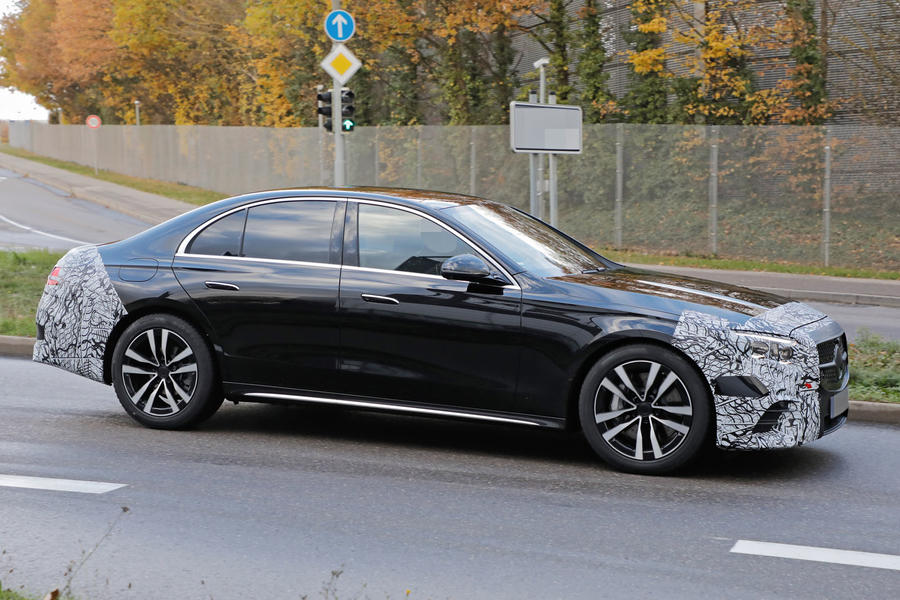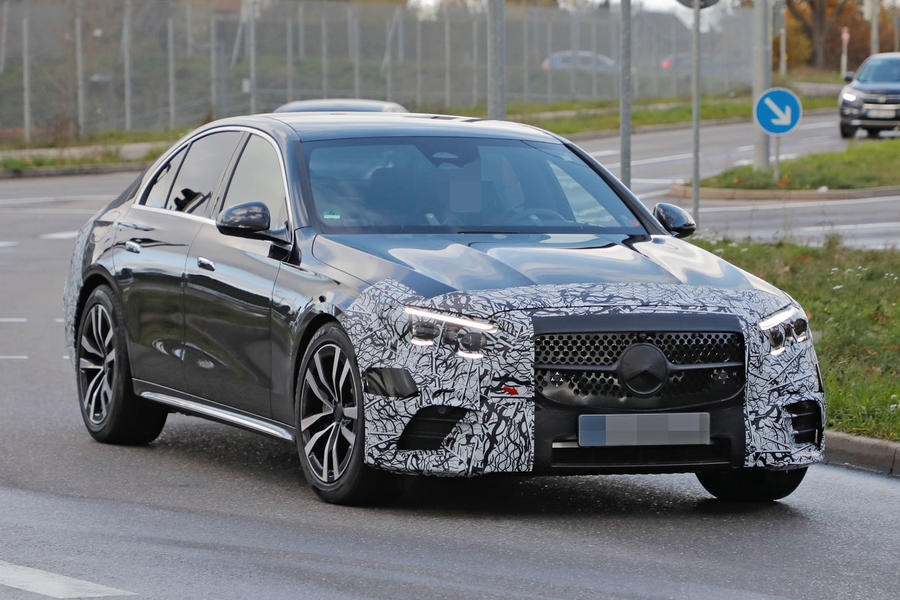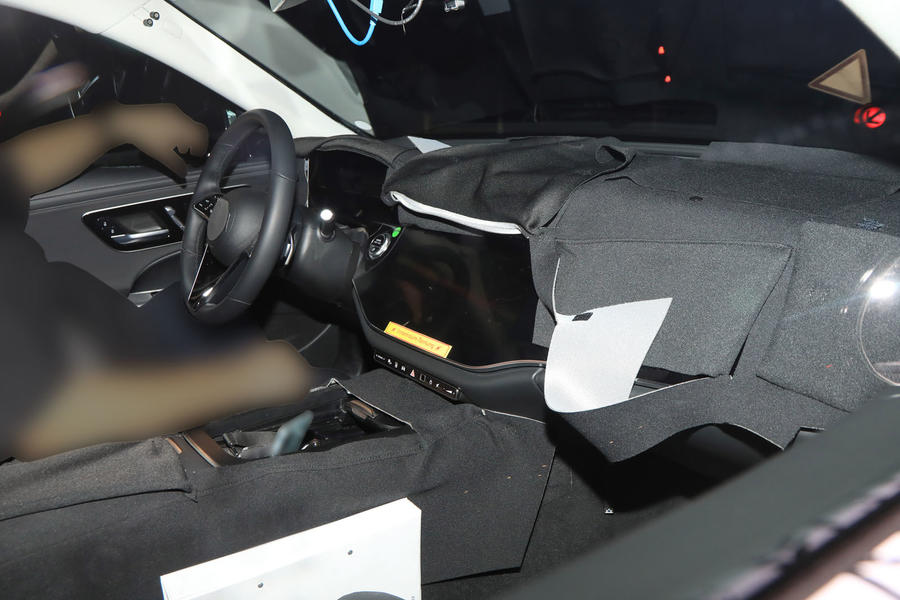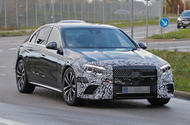The next-generation Mercedes-Benz E-Class will launch next year
Mercedes will usher in advanced autonomous tech and a revamped engine line-up for Mk6 E-Class
The next-generation Mercedes-Benz E-Class is due to land in 2023 with a range of all-electrified engines.
Known internally by the codename W214, the new E-Class follows an evolutionary path, with development focused around refinements to its platform, electric architecture and engines.
Its electric architecture is being heavily upgraded to support new functions that include level three autonomous driving potential in countries where it is permitted, together with 5G connectivity that allows high-speed over-the-air software updates for the first time.
With the all-electric Mercedes-Benz EQE offering electric drivelines, the 2023 combustion-powered E-Class will stick with electrified versions of today’s four- and six-cylinder engines.

The existing M254 four-cylinder petrol and OM654 four-cylinder diesel units will be offered exclusively with an integrated starter-generator and 48V electrical system as well as changes to their exhaust system that allow them to meet EU7 emission regulations.
The turbocharged 2.9-litre in-line six-cylinder M256 petrol and turbocharged 3.0-litre in-line six-cylinder OM656 diesel units are planned to receive similar upgrades and will be offered with both mild-hybrid and plug-in hybrid functionality with up to 435bhp and 330bhp respectively.
All plug-in hybrid versions are set to receive a 28.6kWh battery, the same unit used by the Mercedes S580e, to give them an electric range of over 62 miles.
Every engine is set to be combined with a standard nine-speed torque-converter automatic gearbox. Rear-wheel drive will feature on lower-end models, with Mercedes-Benz’s 4Matic four-wheel drive system set to appear on more powerful models, including those from AMG.
Styling-wise, the new model adopts a look similar to the latest Mercedes-Benz S-Class, with a bolder front end comprising more angular headlights and a large chromed grille. While heavily disguised on the prototype captured here, the rear is described as a mixture between the S-Class and new Mercedes-Benz C-Class.

Alongside the saloon model, Mercedes-Benz also plans to follow up today’s Mercedes-Benz E-Class Estate and Mercedes-Benz E-Class All Terrain with successor models, due out in 2024.
It will also be joined by a Mercedes-AMG E53 sports saloon variant, which will be differentiated by its bespoke grille, bigger brakes and sports exhaust.
One of the last models to be based on Mercedes-Benz’s existing MRA platform, the new E-Class saloon receives a slightly longer wheelbase than today’s fifth-generation model. The track widths have also been increased, giving the new 2023 model a larger footprint and interior dimensions.
The double-wishbone front and multi-link rear suspension has been modified to fit the new dimensions of the platform structure. It will be offered in combination with an optional air suspension and, for the first time on the E-Class, a rear-wheel steering system offering up to 10deg of steering at the rear.
The engines, mounted in their traditional longitudinal position, will be reduced in number and – in selected models – capacity, too.

Mercedes-Benz is determined to once again make the new E-Class the safest car in its class. As well as adopting all the various driving assistant systems from the larger S-Class, the sixth-generation model is also set to support level three autonomous driving functionality with lidar based sensors.
Inside, the new E-Class adopts a similar dashboard architecture to that of the latest C-Class and S-Class. The set-up includes digital instruments in a free-standing display panel, optionally with 3D graphics, and a portrait-style display within the centre console for the infotainment functions.
Source: Autocar
